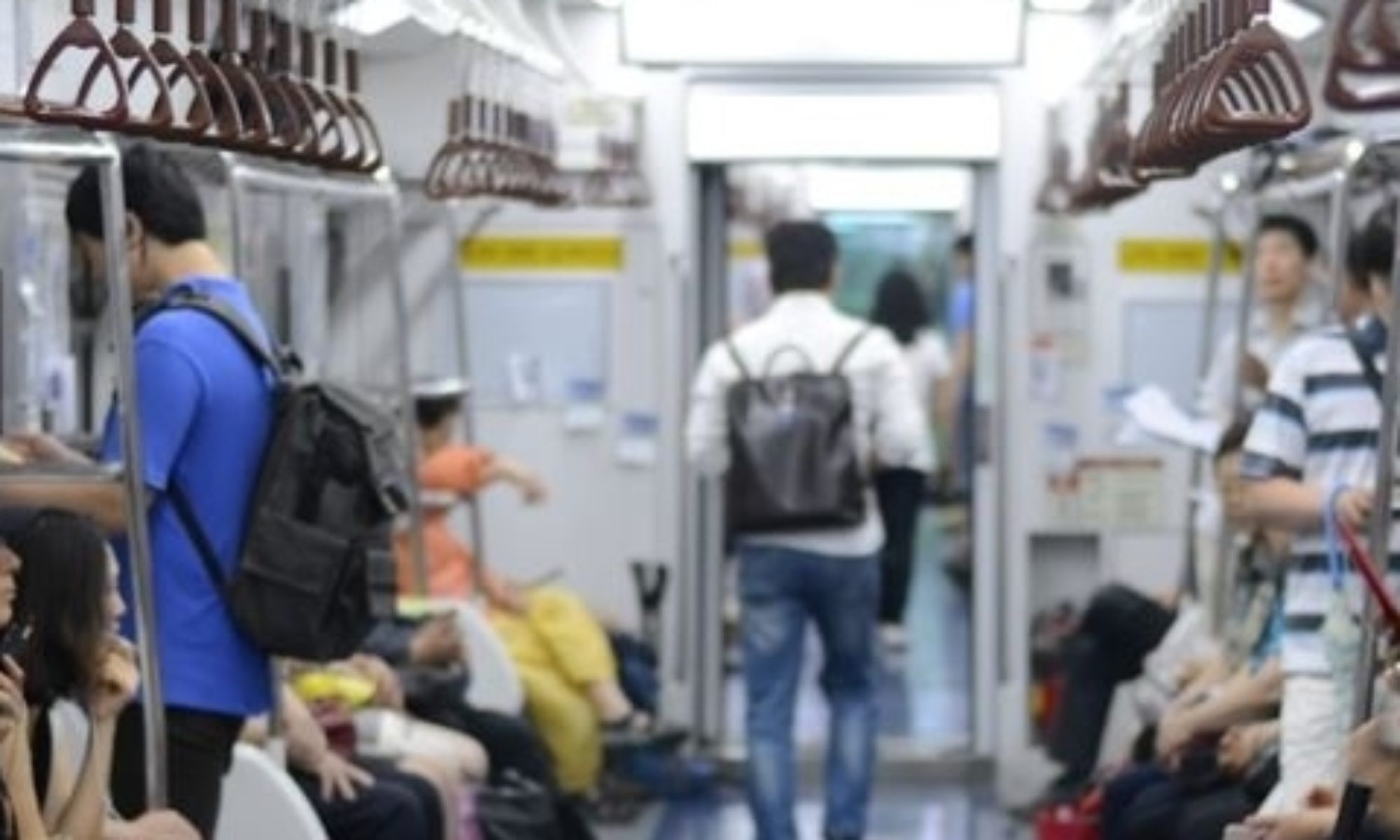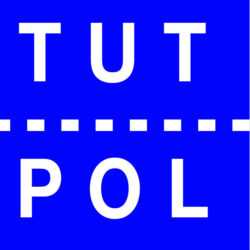Transforming Urban Transport: Political Strategies and Tactics (Synthesis Report)
This 30-page report synthesizes research findings from the TUT-POL project. It presents common political strategies and tactics used to advance transport priorities across our cases, a case-by-case overview of how these were used to ensure the successful implementation of path-breaking transportation policies, and concluding remarks about the relationship between policy success and transformative change.
TUT-POL SYNTHESIS REPORT
2-Page TUT-POL Project Summary
This 2-page handout summaries the project, the 8 case studies and what they are investigating, political strategies, tactics, actionable lessons, and lists the project and author team.
TUTPOL 2-PAGE SUMMARY
Los Angeles
Passage of “Measure R,” a ballot measure imposing a half-cent sales tax increase for transportation in 2008, with approval from more than 2/3 of LA County voters.
This is a story of strong leadership emanating from the Los Angeles Metropolitan Transportation Authority (Metro), which combined strategic planning and public relations campaigns with broad-based coalition building across key sectors of civil society. By joining forces with a transportation-oriented coalition of labor unions, environmental groups, and business organizations who united under the rubric of a single organization (Move LA), Metro leaders and their allies in elected office mobilized enough electoral support to pass Measure R and thus enhance a longer-term regional capacity for urban transport governance even in the face of temporary set-backs.
/ Written by David Luberoff
2-Page Los Angeles Brief
Full LA Case
Mexico City
Replacement of independent bus and jitney system with Bus Rapid Transit (BRT) network on key roadways between 2005-2014.
This is a story of mayorally-led efforts to slowly but steadily discipline private sector transport providers through carrots, sticks, and ongoing negotiations, thus creating room for new transit services while also expanding the public sector’s role in transportation planning through BRT implementation and expansion.
/ Written by Onesimo Flores Dewey
2-Page Mexico City Brief
Full Mexico City Case
New York City
Remaking of streets and sidewalks as mixed-use urban public spaces for greater use by pedestrians and cyclists since 2007.
This is a story of how and why a public agency expanded and changed its institutional mandate and operations from a narrower preoccupation with traffic management to a wider range of transit concerns, thus allowing for new arenas of intervention and policy action that ultimately transformed city streets. Although the newly reconfigured DOT’s initial concern was to prioritize pedestrian and cyclist uses of repurposed city streets, these small-scale changes served as the first steps towards implementing a comprehensive, long-range plan to promote the city’s urban growth and economic development.
/ Written by David Luberoff
2-Page NYC Brief
Full NYC Case
Paris
Urban transport improvements (i.e. metro urban tramway, Vélib’, bikeway network) emanating from the city proper through the region since 2001.
This is a story of political conflict and competition as well as negotiation and partnership in which the introduction of a series of flagship transport initiatives in combination with incremental changes on existing public transit systems altered mobility patterns, while also encouraging new forms of stakeholder engagement across municipal boundaries. These policy advances and the political relationships that enabled them have enhanced the institutional capacities of Paris and Ile-de-France public authorities to territorially expand sustainable urban transport, producing a new spatial vision for the metropolitan area and re-scaling future mobility challenges through a linking of transport priorities at both the urban and regional scale.
/ Written by Charlotte Halpern and Patrick Le Galès
2-Page Paris Brief
Full Paris Case
San Francisco
Transformation of regulatory structures to legalize and enable expansion of Uber and other ridesourcing services starting in 2013.
This is a story of private sector firms engaging public sector actors in a shared effort to challenge and eventually alter a series of longstanding regulatory frameworks governing personal transportation services, an outcome facilitated by the rescaling of key decision making authority about transit regulations from the local to the state level, where opposition forces had less traction and where tech firms held more sway.
/ Written by Onesimo Flores Dewey and Lisa Rayle
2-Page SF Brief
Full SF Case
Seoul
A 2003 downtown expressway demolition followed by bus system overhaul, multi-modal transport system integration, and urban regeneration.
This is a story of a strong-willed mayor, whom many associated with the country’s authoritarian past, strategically managing collaboration between different agencies and personnel within government structures to implement a wide-ranging set of interrelated transport reforms and urban transformations. Building on skillful leveraging of stakeholder conflict and public engagement with constituencies more historically aligned with the democratic movement than with his own Conservative Party, Mayer Lee introduced fundamental transportation changes that ultimately helped catapult him to the national presidency.
/ Written by Onesimo Flores Dewey
2-Page Seoul Brief
Full Seoul Case
Stockholm
Adoption of congestion pricing on results of a voter referendum following a full-scale trial in 2007.
This is a story of ongoing discussion, conflict, and compromise unfolding over several decades involving different political parties and in a key watershed moment, the professional career of a controversial mayor, whose astute policy management and leveraging of support from several levels of government laid the political and institutional groundwork for others to permanently connect congestion charge revenues to local and regional investments in transport infrastructure and housing.
/ Written by Diane E. Davis and Amy Rader Olsson
2-Page Stockholm Brief
Full Stockholm Case
Vienna
Transformational mode share shifts through reinforcement of complementary measures including public transit improvements and parking and traffic management since the 1990s.
This is a story of tightening transport-land use linkages through continued commitment to mass rapid transit expansion in combination with parking management mandates, two distinct measures involving a range of governing authorities and planning institutions. Despite a highly fragmented political structure comprised of 16 districts governed by Social Democrats, Greens, and Conservatives alike, critical transport measures like parking management have succeeded because of ongoing consultation, policy revision, and negotiations between district governments, residents, and businesses. These processes and the transport policy measures they have produced served to reinforce each other over time in ways that helped achieve the aims of urban compactness while also producing unparalleled progress in shifting mode shares away from automobiles.
/ Written by Ralph Buehler and John Pucher









